Last updated on Oct 15, 2025
What is Foreshadowing? Definition, Tips, and Examples
Savannah Cordova
Savannah is a senior editor with Reedsy and a published writer whose work has appeared on Slate, Kirkus, and BookTrib. Her short fiction has appeared in the Owl Canyon Press anthology, "No Bars and a Dead Battery".
View profile →Foreshadowing is a literary device where authors plant hints about future events, creating anticipation and preparing readers for what's to come. It's the art of saying "something important is about to happen" without revealing exactly what or when.
A seemingly innocent mention of a gun in chapter one, a character's offhand comment about feeling uneasy, or storm clouds gathering on the horizon — these details aren't accidents. They're breadcrumbs leading to bigger revelations.
Think of it as the author's promise to readers: pay attention, because everything matters.
Let's explore why this literary device is such a powerful tool in an author's arsenal, and how you can master it in your own writing.
The role and types of foreshadowing in narrative
Foreshadowing is all about quietly priming the reader's expectations: every hint invites the mind to imagine possibilities, building tension and keeping readers engaged. It knits a narrative together, making later twists feel earned rather than arbitrary. When done well, the payoff lands with a satisfying "aha!" instead of a confused "huh?!"
Good foreshadowing also deepens theme and character — a storm cloud can mirror a hero's inner turmoil, while a cracked photograph whispers of hidden family fractures, layering meaning while steering the plot forward.
There are two main approaches authors use:
- Direct foreshadowing gives readers explicit hints about future events — prophecies, narrator statements, or obvious clues that make you want to know more.
- Indirect foreshadowing uses subtle clues through symbolism, weather, or seemingly innocent details that only become significant in hindsight.
Authors also employ red herrings — deliberate false clues that mislead readers, especially in mystery and detective stories. These keep readers guessing until the final reveal.
Let's see these techniques in action.
Direct foreshadowing
1. The Narrator
The person telling the story provides key information while withholding crucial context.
Take this opening line from Lauren Oliver’s Before I Fall:
“They say that just before you die your whole life flashes before your eyes, but that’s not how it happened for me.”
What we know: The narrator is dead.
What we want to know: How did they die?
Include information that's crucial to the story, but leave out how it's crucial. Think of it as a personal invitation from narrator to reader.
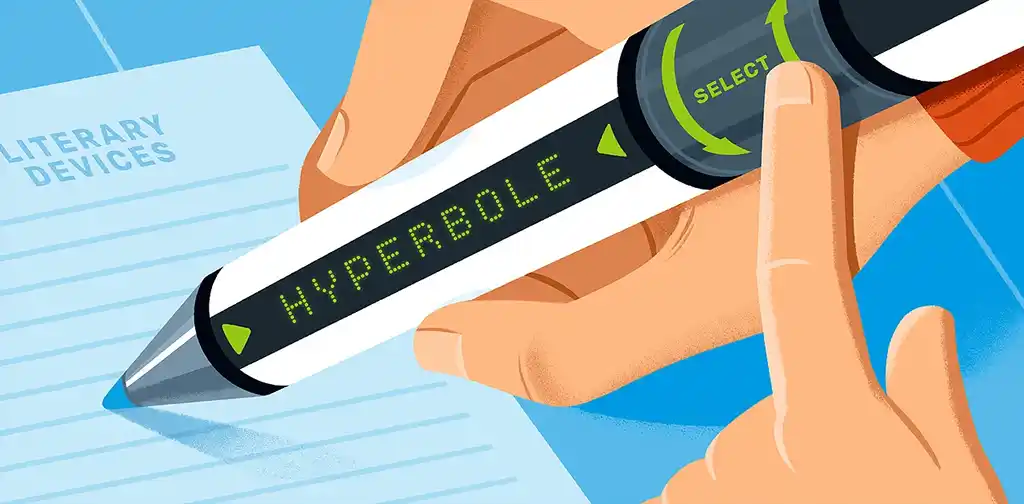
FREE RESOURCE
Literary Devices Cheatsheet
Master these 40+ devices to level up your writing skills.
2. The Pre-Scene
These scenes show a toned-down version of what will become a major event later.
For example, in the first half of Of Mice and Men, Carlson is convinced that an old dog should be put down so that it can have a quick death and end its suffering. He complies, ensuring the process is as painless as possible, prompting Candy to confide in George:
“I oughtta of shot that dog myself, George. I shouldn't oughtta of let no stranger shoot my dog.”
What we know: The dog’s death is important.
What we want to know: Why is this significant, and when will we find out?
At the end of the novel, when a murderous lynch mob is on the hunt for Lennie, George begins talking to Lennie about the farm they will one day own, painting a peaceful picture. Then, in a scene that echoes Carlson’s putting an end to the dog’s suffering, George kills Lennie — believing it’s much more merciful to go at the hands of a friend.
3. The Name Drop
Casually mentioning a place, thing, or person signals its importance to readers.
See this example in action in the first installment of The Hunger Games:
“When I wake up, the other side of the bed is cold. My fingers stretch out, seeking Prim’s warmth but finding only the rough canvas cover of the mattress. She must have had bad dreams and climbed in with our mother. Of course, she did. This is the day of the reaping.”
What we know: Something called the reaping is about to happen, and it’s nightmare-inducing.
What we want to know: Well, what is the reaping?
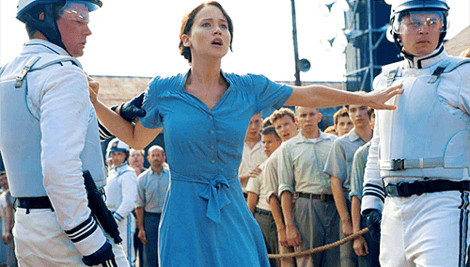
The name drop can even be used right in the title: consider The Great Gatsby. The title introduces us to the name, the first few pages give us snippets of information about the man, but it’s not until the second chapter that we meet Gatsby.
4. The Prophecy
Revealing a future event creates tension through dramatic irony.
In Orson Welles' A Touch of Evil, we watch a bomb being placed in a car trunk, then see a couple unknowingly drive that same car for three tense minutes before it explodes off-screen.
What we know: The car will explode.
What we want to know: When will it happen? Will anyone get hurt?
Macbeth opens with witches prophesying: "All hail, Macbeth, thou shalt be king hereafter!"
What we know: Macbeth will become king.
What we want to know: Will this happen? How?
Both examples show how prophecy creates suspense — readers know what will happen but remain on edge about how and when. This drives engagement while leaving room for surprise in the execution.
For more Macbeth-worthy suspense, check out our list of the best suspense books of all time.
5. The Prologue
Prologues excel at foreshadowing by offering glimpses of what's to come.
Michael Crichton’s Jurassic Park begins with two prologues. The first one ends with the following lines:
"Parties to that settlement, including the distinguished scientific board of advisers, signed a nondisclosure agreement, and none will speak about what happened—but many of the principal figures in the 'InGen incident' are not signatories, and were willing to discuss the remarkable events leading up to those final two days in August 1989 on a remote island off the west coast of Costa Rica."
What we know: InGen created a genetic crisis.
What we want to know: What happened? What were the effects?
The prologue creates intrigue by referencing a catastrophic event without revealing its nature — making readers eager to discover how a genetic engineering company could cause such widespread devastation.
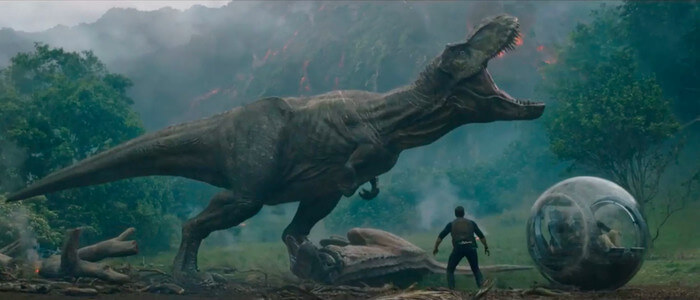
The examples above showcase the more obvious end of the foreshadowing spectrum. But foreshadowing exists on a continuum from heavy-handed to nearly imperceptible. The key to implementation lies in layering — combining obvious hints for casual readers with deeper clues for attentive ones. Which brings us to...
Indirect foreshadowing
For foretelling tools that are a little more subtle, look no further than these indirect foreshadowing examples.
6. The Innocuous Statement
Subtle hints that only become clear in hindsight.
In Star Wars, Obi-Wan tells Anakin: "Why do I get the feeling, you will be the death of me?"
What we know: Something about Anakin troubles Obi-Wan.
What we want to know: Why does he feel this way?
At the time, it sounds like mentor frustration. Later, when Darth Vader kills Obi-Wan, these words ring with tragic prophecy. This type of foreshadowing doesn't propel readers to seek answers immediately, but it plants seeds that bloom with meaning upon reflection.
7. The Pathetic Fallacy
Weather can mirror character emotions and hint at future events. This technique, called pathetic fallacy, projects human emotions onto nature.
Wuthering Heights wouldn't be the same gothic tale if set on sunny, idyllic days. The stormy, windswept moors mirror the characters' turbulent passions and foreshadow the destructive relationships to come.
What we know: The environment is harsh and unforgiving.
What we want to know: Will the characters' lives mirror this bleakness?
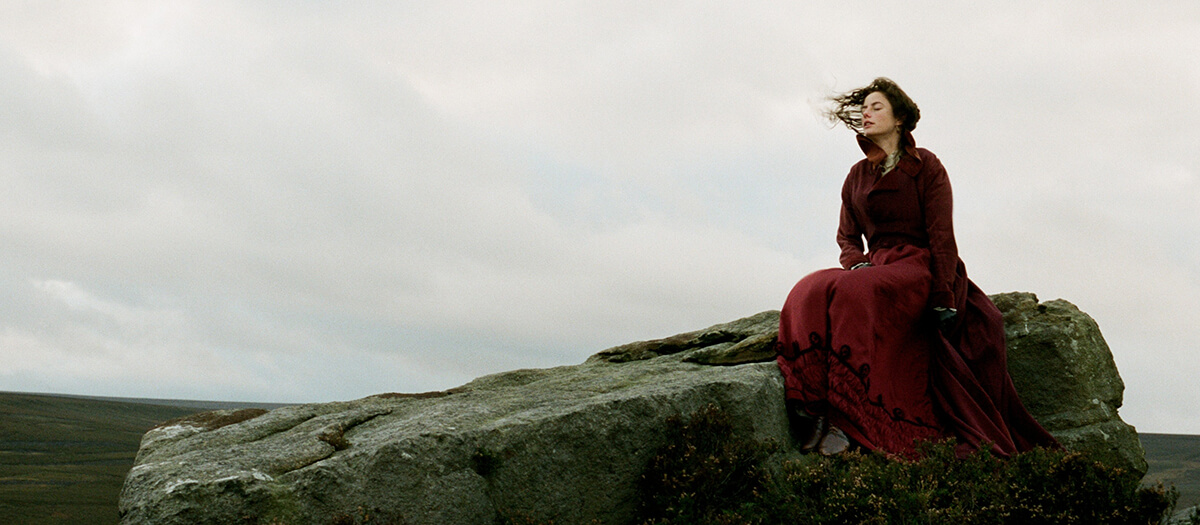
8. The Symbol
Recognizable symbols hint at abstract ideas without stating them outright.
Hemingway opens A Farewell to Arms with: "The leaves fell early that year."
What we know: Something is ending prematurely.
What we want to know: What will this early ending affect?
Falling leaves universally symbolize death — in this case, foreshadowing nurse Catherine Barkley's early demise. The symbol works because it's instantly recognizable, but its story significance only unfolds gradually, creating layers of meaning that deepen with each reading.
9. Through metaphor and simile
How you describe things can reveal hidden details about what's to come.
In White Oleander, Astrid describes her mother: "Her beauty was like the edge of a very sharp knife."
What we know: The mother's beauty has a dangerous quality.
What we want to know: How will this danger manifest?

This comparison to something that can cut and wound foreshadows the mother's destructive nature that unfolds throughout the story. Both danger and beauty become the defining aspects of their relationship, with the simile preparing readers for the psychological harm to come.
10. The Object
“If in Act One you have a pistol hanging on the wall, then it must fire in the last act.” So goes Anton Chekhov’s rule of storytelling: if you draw a reader’s attention to something, you must eventually explain why it was worth noticing. Otherwise, it should be removed.
This also means you can use objects to foreshadow something. In A Series of Unfortunate Events, Mr. Poe gives the Baudelaire siblings peppermints, forgetting their allergy.
What we know: The children are allergic to peppermints.
What we want to know: Why mention this detail?
Later, they use these same mints to trigger an allergic reaction and escape danger. The seemingly innocent gift becomes their salvation — proving that in skilled hands, every detail serves the story.
While foreshadowing enhances storytelling, overuse or misuse can damage narrative effectiveness. Here are some common pitfalls to avoid:
- Making hints too obvious and ruining surprises
- Being too subtle, leaving readers confused
- Creating false expectations that frustrate readers
- Trying to retrofit random details as foreshadowing
The goal is making revelations feel both surprising and inevitable — readers should think "I didn't see that coming, but now it all makes sense."
Mastering foreshadowing creates narrative layers, telling your story in waves that engage readers from first page to final revelation. Like Peter Pan chasing his shadow, foreshadowing can have your readers chasing the plot of your story.
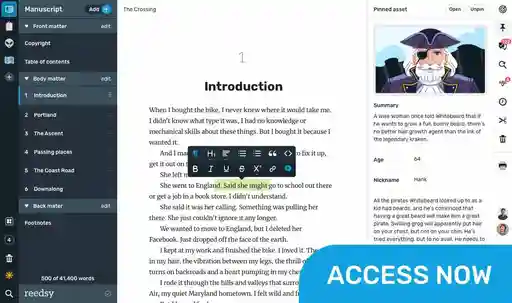



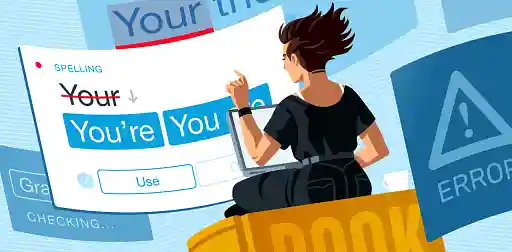




1 response
Atiya Bokhary says:
13/04/2020 – 04:11
A very comprehensive article. I am reminded of two stories. One is, The Most Dangerous Game by Richard Conell. In the beginning of the story, two characters, both hunters, have a discussion on the feelings of the prey. One of them scoffs at the idea and stresses only on the joy and daring of the hunter only. In a turn of events, he is in the situation of the hunted being tracked by a ruthless hunter who wants to kill him for his sport. The other story is, The Lottery by Shirley Jacksonwhich has a many innocuous references to how the story will unfold but the reader does not notice them until the very end, when their significance becomes obvious.